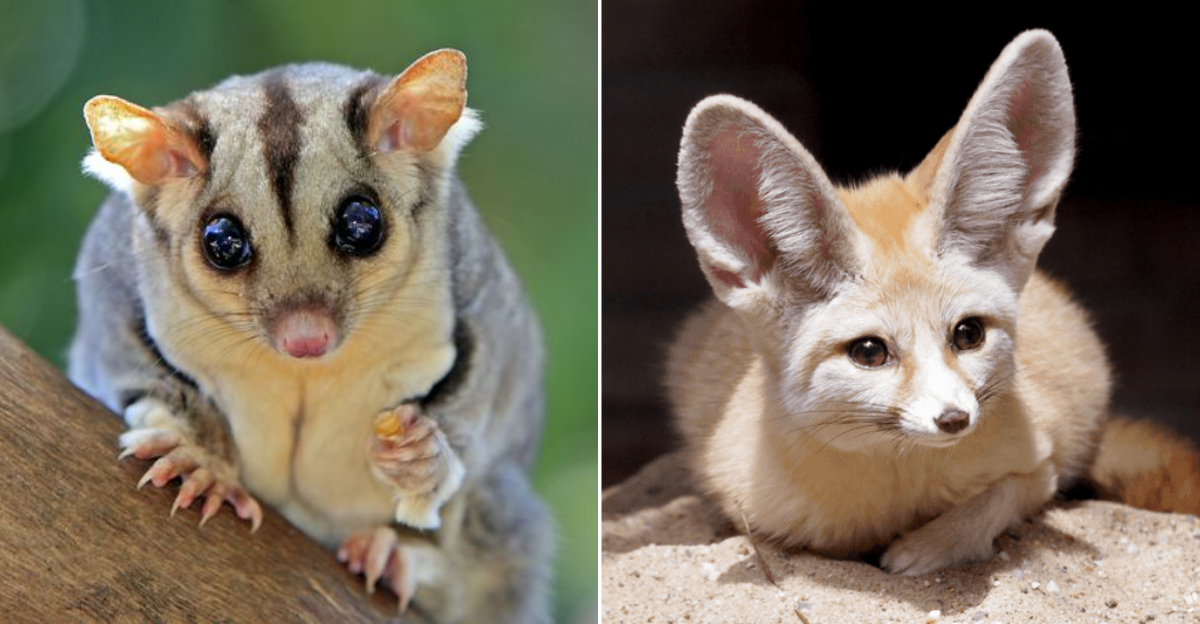Colorado’s pet laws are full of surprises!
While many states impose strict rules on exotic animals, the Centennial State opens its doors to some truly fascinating creatures. From hopping marsupials to amphibians that look like they’ve stepped out of the Jurassic era, Colorado’s list of legal exotic pets is full of unexpected candidates for your next pet.
Curious to find out which wild companions could make your home their own? Let’s explore!
1. Red Kangaroos: Hopping Into Your Heart
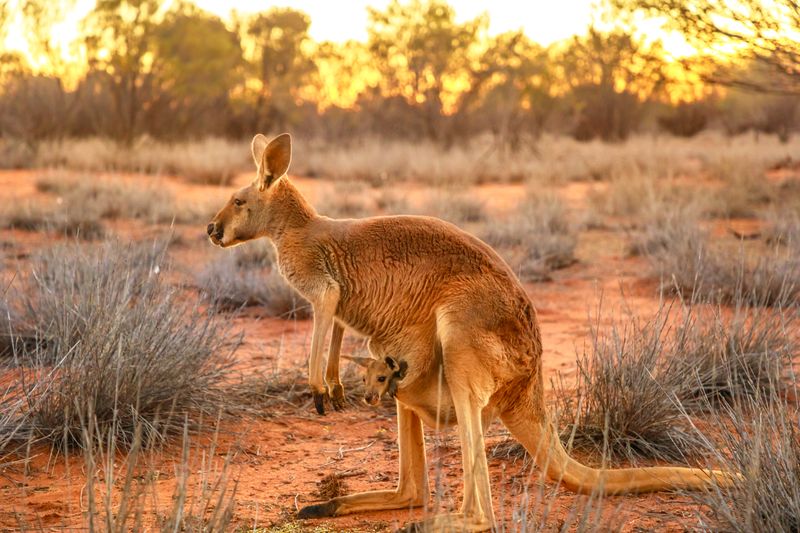
Australia’s iconic bouncing mammals can legally become part of your Colorado family. These powerful marsupials grow up to 5 feet tall and weigh over 150 pounds, requiring plenty of outdoor space with tall fencing.
Raising a joey requires bottle feeding every few hours and specialized pouches to mimic mom’s natural environment. They form strong bonds with their humans but maintain wild instincts that demand respect.
Veterinary care presents a challenge since few Colorado vets specialize in marsupials. Expect to invest at least $2,000 initially plus ongoing costs for their specific diet consisting of hay, grass and kangaroo pellets.
2. African Pygmy Hedgehogs: Spiky Pals With Personality
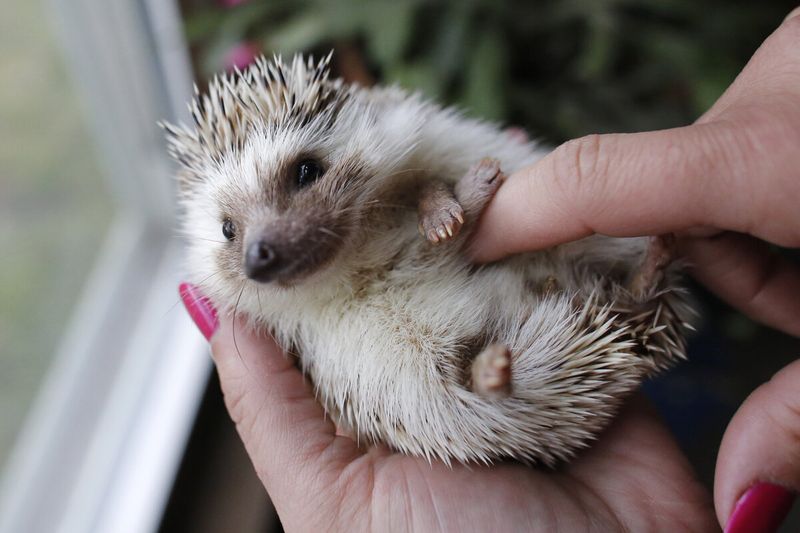
These spiny little balls of curiosity have captured Colorado hearts with their button noses and tiny paws. Despite their exotic origins, African Pygmy Hedgehogs thrive in proper home environments with temperatures between 72-80°F to prevent hibernation attempts that could be fatal in captivity.
I still remember when my friend’s hedgehog Spike would unfurl from his defensive ball the moment he heard her voice. Their personalities range from shy explorers to outgoing cuddle-bugs.
They need a diet of high-quality cat food supplemented with insects, along with regular handling to keep them well-socialized. Their 4-6 year lifespan makes them a manageable commitment for exotic pet enthusiasts.
3. Bison: America’s Giant In Your Backyard
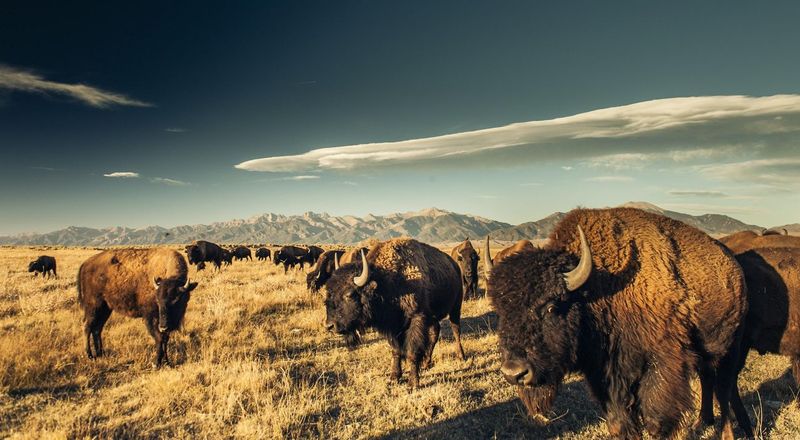
Weighing up to 2,000 pounds, these American icons require serious commitment and acreage. Colorado law permits private ownership of bison with proper licensing and land requirements—typically 5+ acres per animal with robust fencing at least 6 feet tall.
Bison aren’t pets in the traditional sense. They maintain wild instincts that can turn dangerous without warning. Their powerful bodies can reach speeds of 35 mph, making them potentially lethal if mishandled.
The upside? They’re relatively self-sufficient in proper pasture conditions and connect owners to America’s wild heritage. Annual costs include hay supplementation during winter months, specialized large-animal veterinary care, and fence maintenance.
4. Emus: Flightless Birds With Prehistoric Flair
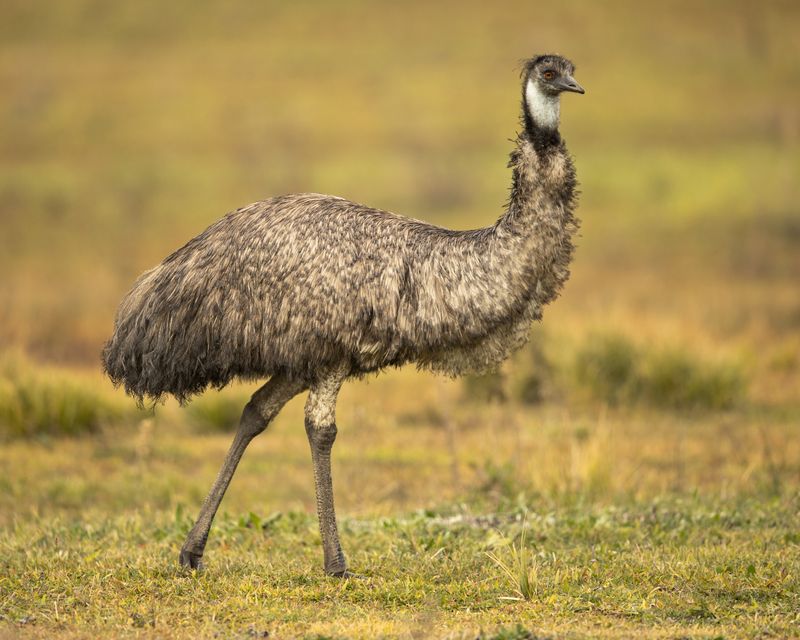
With their nearly 6-foot height and dinosaur-like features, emus add a touch of prehistoric charm to Colorado properties. These flightless Australian birds require at least half an acre of fenced land and shelter from extreme weather conditions.
Surprisingly affectionate when hand-raised, emus often develop puppy-like attachments to their caretakers. Their curious nature means they’ll investigate everything—including shiny jewelry and camera equipment!
Feeding costs remain reasonable as they primarily graze on vegetation supplemented with specialized ratite feed. One fascinating quirk: male emus handle all incubation and chick-rearing duties if you breed them. Their 30+ year lifespan demands long-term commitment from potential owners.
5. Wallabies: Kangaroo’s Compact Cousins
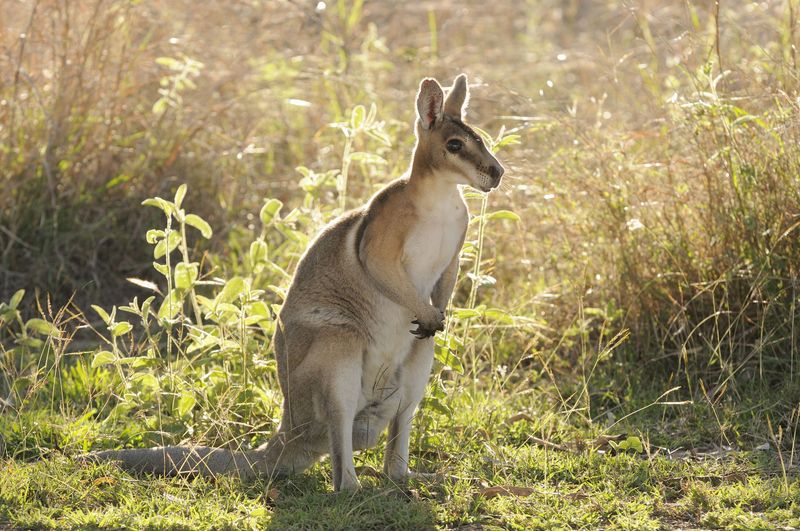
Imagine a kangaroo, but smaller and arguably cuter—that’s a wallaby! These marsupials reach about 3 feet tall, making them more manageable than their larger relatives while still delivering that distinctive bouncing charm.
Wallabies thrive with at least a quarter-acre of secure outdoor space featuring shelter from Colorado’s variable weather. Their specialized diet includes wallaby pellets, timothy hay, and fresh vegetables.
Last summer, I visited a friend’s wallaby named Rocket who would gently take carrots from my hand before retreating to his favorite shady spot. Their generally shy nature gradually transforms into cautious curiosity with consistent, gentle interaction. Budget for specialized exotic veterinary care and proper containment systems.
6. Sugar Gliders: Pocket-Sized Parachutists
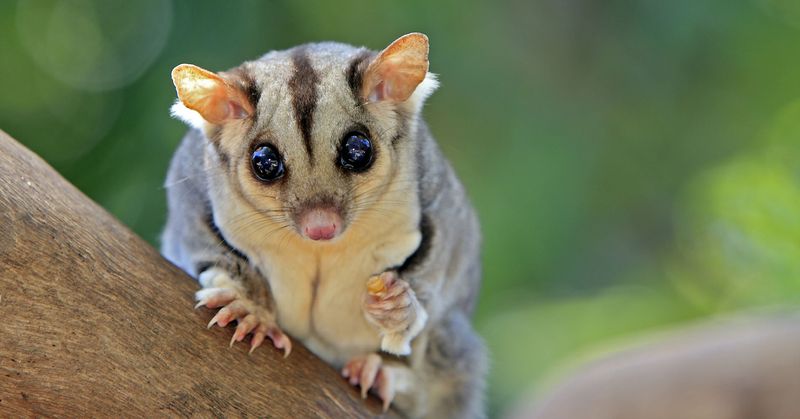
These nocturnal marsupials literally glide through the air using a membrane called a patagium that stretches between their front and back legs. Native to Australia and Indonesia, sugar gliders bond intensely with their humans when properly socialized.
Housing requirements include large, tall cages with plenty of climbing opportunities and nest boxes for sleeping. Their social nature means they should always be kept in pairs or small groups to prevent depression.
Their diet proves somewhat complex—a mixture of fruits, vegetables, protein sources, and specialized nectar supplements. Expect these palm-sized companions to live 10-15 years with proper care, making them a significant commitment despite their tiny size.
7. Savannah Cats: Wild Beauty Meets Domestic Charm
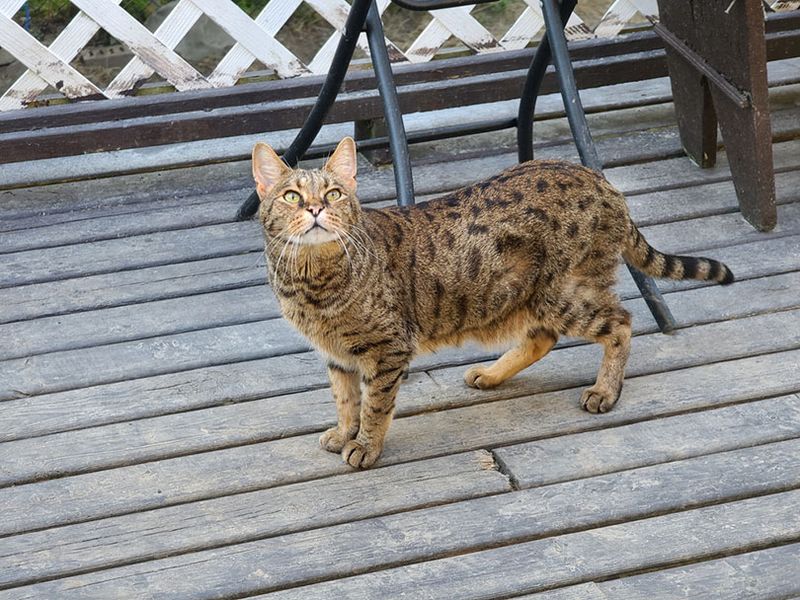
Half cheetah attitude, half house cat curiosity—Savannah cats are the result of crossing African servals with domestic cats. With their striking spotted coats and sleek, lanky bodies, they turn heads wherever they go.
Generation classification matters significantly with these hybrid felines. F1 Savannahs (first generation) contain the highest percentage of wild DNA and display more exotic behaviors, while later generations become progressively more domesticated.
Dog-like in their loyalty, these athletic cats often enjoy walking on leashes and playing fetch. They require tall climbing spaces and mentally stimulating toys to satisfy their high energy levels. Their intelligence means they’ll learn to open doors, cabinets, and even refrigerators if you’re not careful!
8. Hyacinth Macaws: Sapphire Giants Of The Bird World
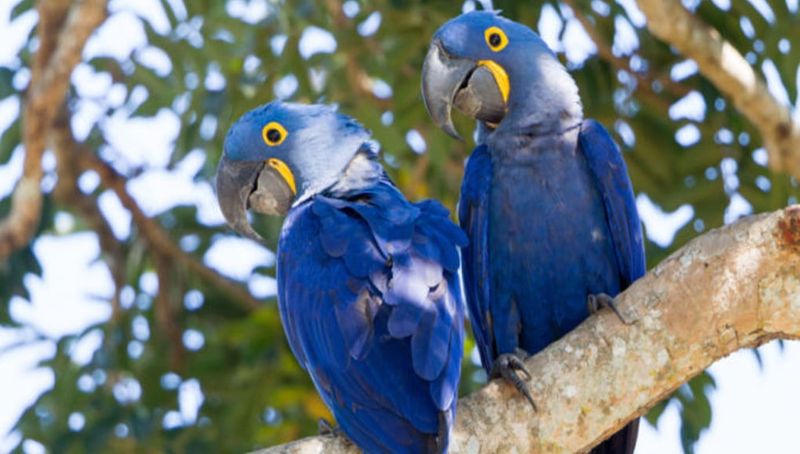
Covered in striking cobalt blue feathers, Hyacinth Macaws hold the title of the world’s largest flying parrots. With a wingspan reaching 4 feet, they need spacious homes—custom aviaries of at least 8×8×16 feet offer the minimum space these magnificent birds require.
These intelligent birds form lifelong bonds with their owners. My colleague’s Hyacinth named Skye recognizes family members by name and greets everyone with personalized vocalizations.
Their powerful beaks crush macadamia nuts effortlessly, necessitating sturdy, metal-reinforced enclosures and constant supply of chew toys. With potential lifespans exceeding 50 years, these magnificent birds often outlive their original owners, requiring estate planning for their future care.
9. Fennec Foxes: Desert Elves With Satellite Ears
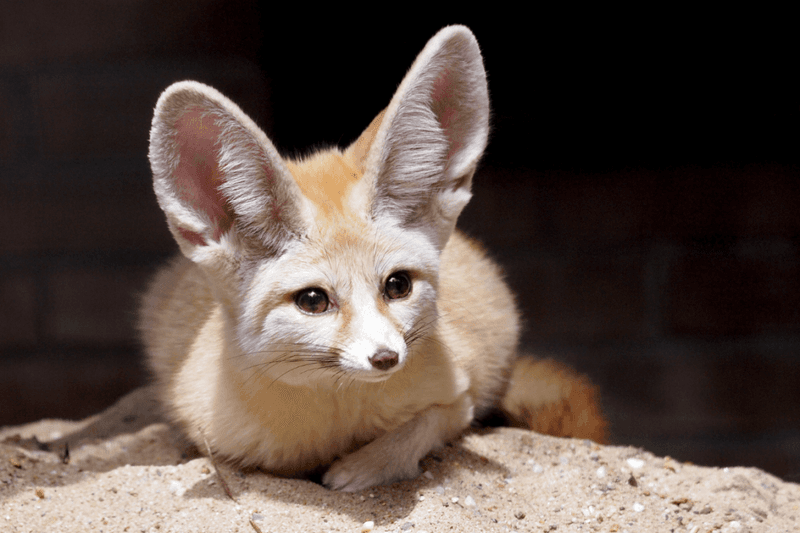
Those impressively large ears aren’t just cute—they help these tiny desert foxes stay cool and track down prey hiding beneath the sand. Weighing only 2-3 pounds, Fennec foxes carry a big personality in their tiny frames.
Their nocturnal nature means they’re most active when you’re winding down. Expect energetic play sessions in the evening and distinctive vocalizations ranging from purrs to high-pitched barks. They require secure indoor/outdoor enclosures with opportunities to dig.
Fennecs cannot be fully domesticated despite hand-raising. They retain wild instincts including scent marking and caching food. Their specialized diet includes high-quality cat food, lean meats, insects, fruits, and vegetables to mirror their natural omnivorous habits.
10. Axolotls: Smiling Salamanders That Never Grow Up
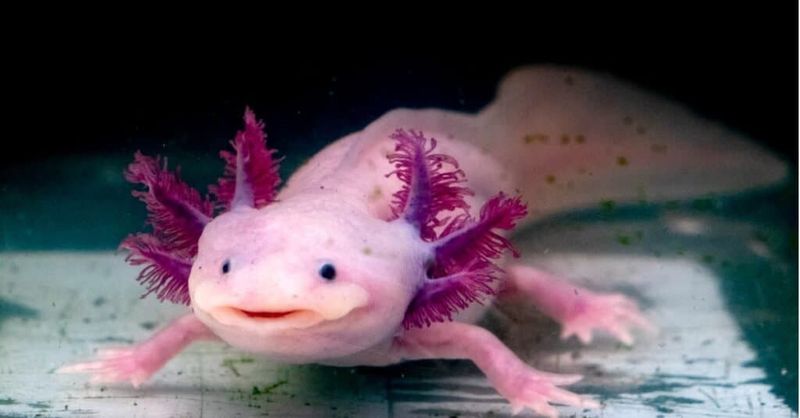
These water-dwelling creatures seem to smile nonstop while keeping their youthful looks throughout their lives—a biological phenomenon called neoteny. Native to Mexico’s Lake Xochimilco, axolotls thrive in cool, filtered water environments between 60-68°F.
Their regenerative abilities allow them to regrow limbs, parts of vital organs, and even portions of their brain if damaged. Housing requirements include 10-20 gallon tanks with minimal decoration and gentle filtration to avoid stressing their delicate gills.
Feeding is pretty simple—they happily munch on sinking pellets, bloodworms, and other aquatic protein sources. Their easy care routine makes them a great choice for beginners, but since they’re sensitive to water quality, keeping their tank clean is key.
